What is Red Light Therapy and How Does it Work?
Red Light Therapy, also known as Photobiomodulation, is a non-invasive treatment utilizing certain wavelengths of red light, which pass through the skin and have various health and aesthetic benefits. Unlike traditional pharmaceutical treatments, this innovative therapy works directly at the root of the problem. It stimulates cellular activity, improves circulation and helps the body heal naturally. This approach focuses its benefits in the mitochondria, the part of the cell that is responsible for the production of energy in the body, the same energy that is used to overcome common diseases and problems. If you haven't already done so, we encourage you to read our blogs “How Does Red Light Therapy Work?” and “6 Mistakes Not to Make When You Are Doing Red Light Therapy”
Retinal Conditions
Red light therapy has shown great results in treating retinal conditions such as macular degeneration and diabetic eye diseases. Studies have shown that it can reduce the size of drusen (protein accumulation) in the eye, slow aging, and improve visual acuity, color vision, and contrast sensitivity. This is significant because it offers a natural treatment for visual disorders that can also lead to blindness.
For diabetes-related eye problems, red light therapy can reduce the swelling of retinal tissue, known as diabetic macular edema. Current alternative treatment involves injections into the eye, making red light therapy a less invasive and less expensive option. Despite the various verified benefits, it is important to have an expert medical opinion; the eyes are a delicate organ, so you should be careful and ask for specific treatments based on your condition.
Dry Eyes
Red light therapy has also been studied for the treatment of dry eye disease, either alone or together with other treatments such as intense pulsed light (IPL) therapy. It has been shown that it could stimulate the sebaceous glands in the eye to produce more sebum, which is essential for keeping the eye hydrated throughout the day, and also can improve blood circulation and reduce eyelid inflammation. Studies have also shown 92% efficacy in treating chalazions or sties.

Nearsightedness in the Young
Another exciting area of research is the potential of red light therapy to slow the development of myopia in children. A 2023 analysis showed a reduction in myopia progression of 0.68 diopters in six months with regular use. This incredible result was achieved by a simple red light LED that children looked at for three minutes, twice a day. Although the exact mechanism is still uncertain, one theory suggests that the red light improves the flow of oxygen and blood to the retina, slowing the elongation of the eyeball.
Precautions and Safety for Treatment
The retina is an extension of the brain, so it has raised concerns about potential long-term damage to delicate nerve cells. Despite promising research, red light therapy for the eyes is still very new, but results so far indicate great potential for safe and effective future treatments. Many red light devices on the market are not specifically designed for the eyes and could pose risks if not used properly, whereas when used correctly they have near-zero risks.
Conclusion
Red light therapy offers exciting potential for the treatment of various eye conditions, from macular degeneration and diabetic eye diseases to dry eye disease and myopia in children. However, it is essential to proceed with caution because of the unknown long-term effects and the importance of using the right devices. As research progresses, we may see more FDA-approved treatments in the near future.
Thank you for reading. If you have any questions or want to know more about specific devices or conditions, please feel free to write to us and we will gladly help you.


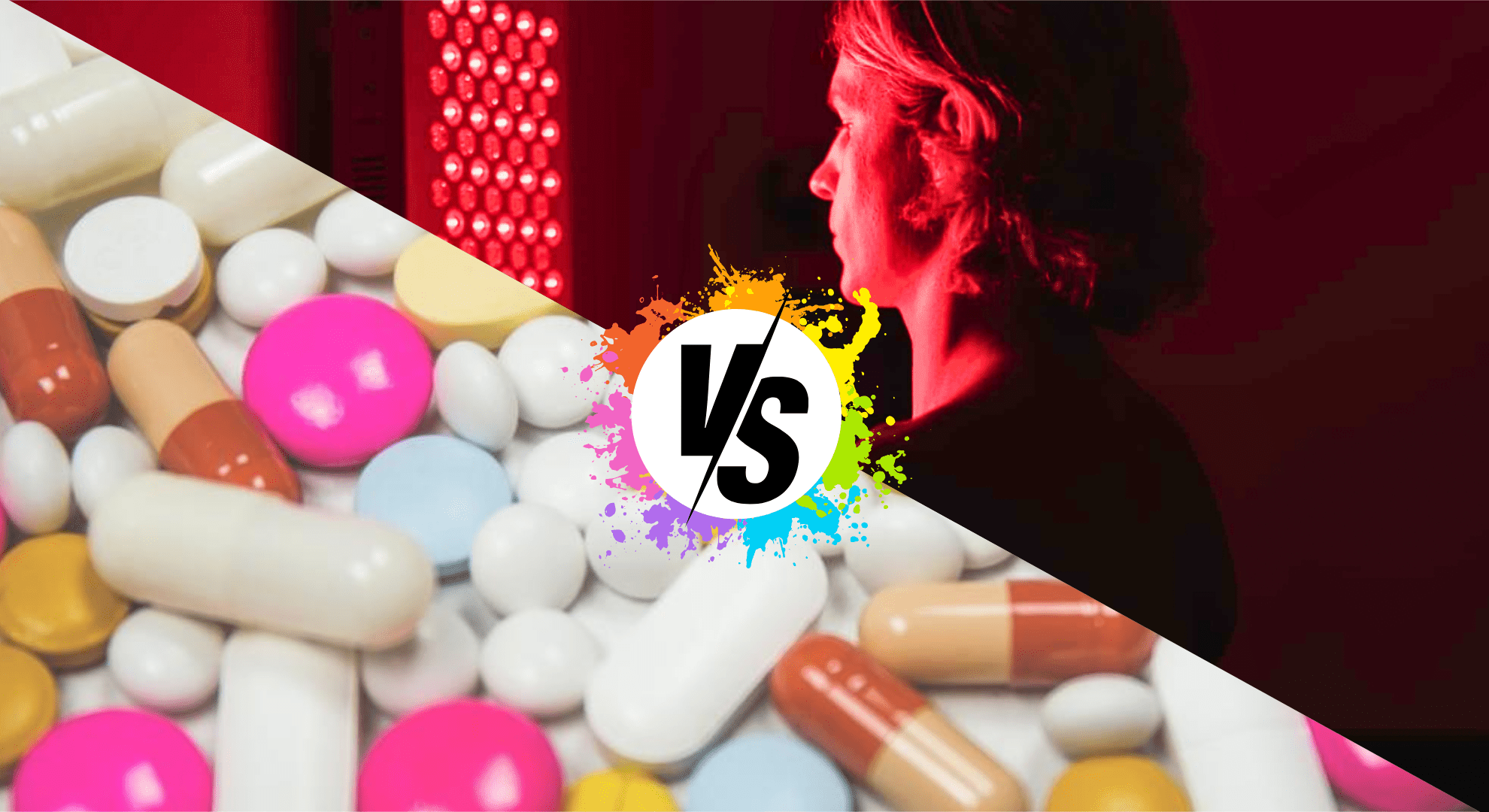
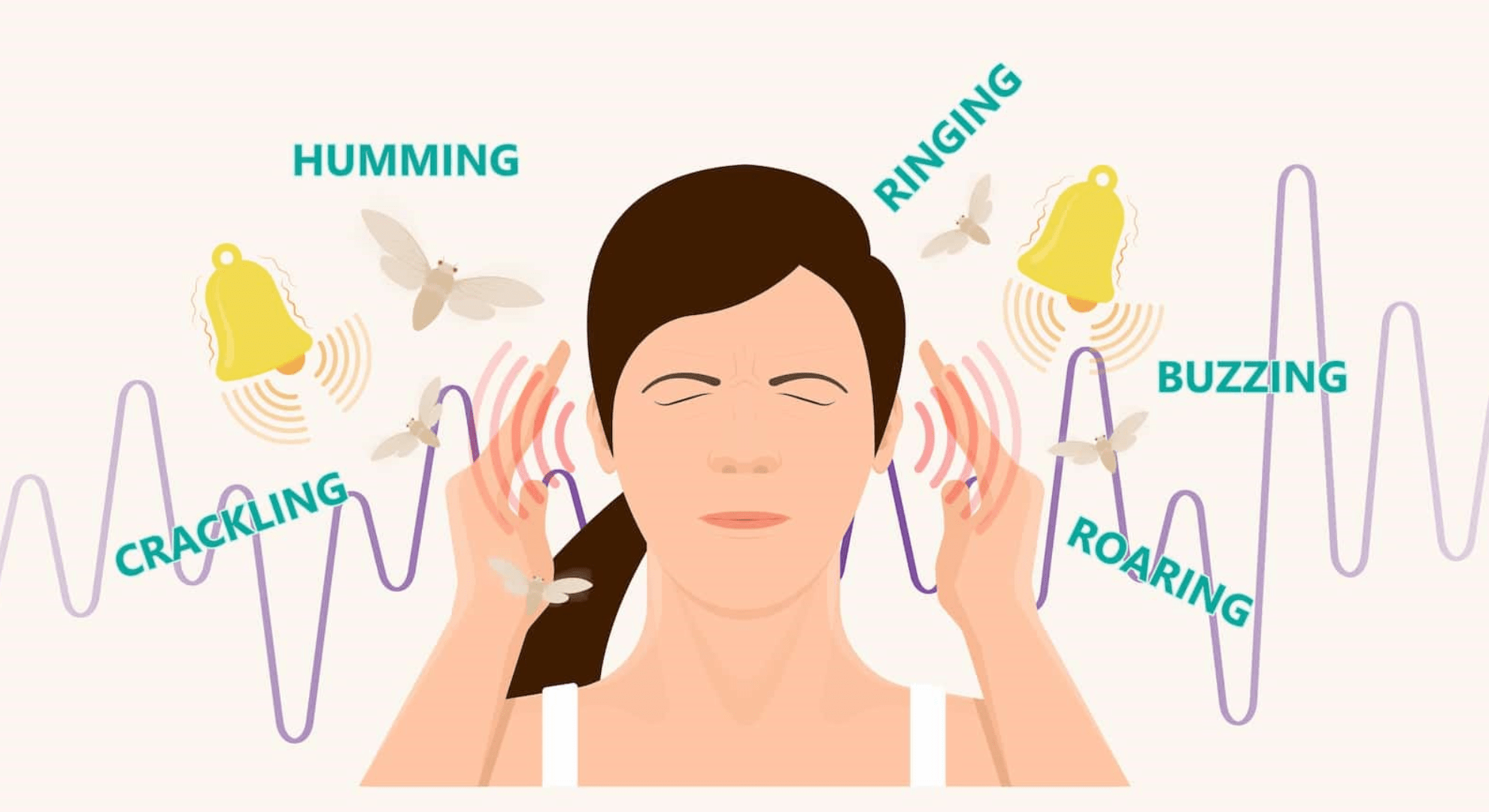
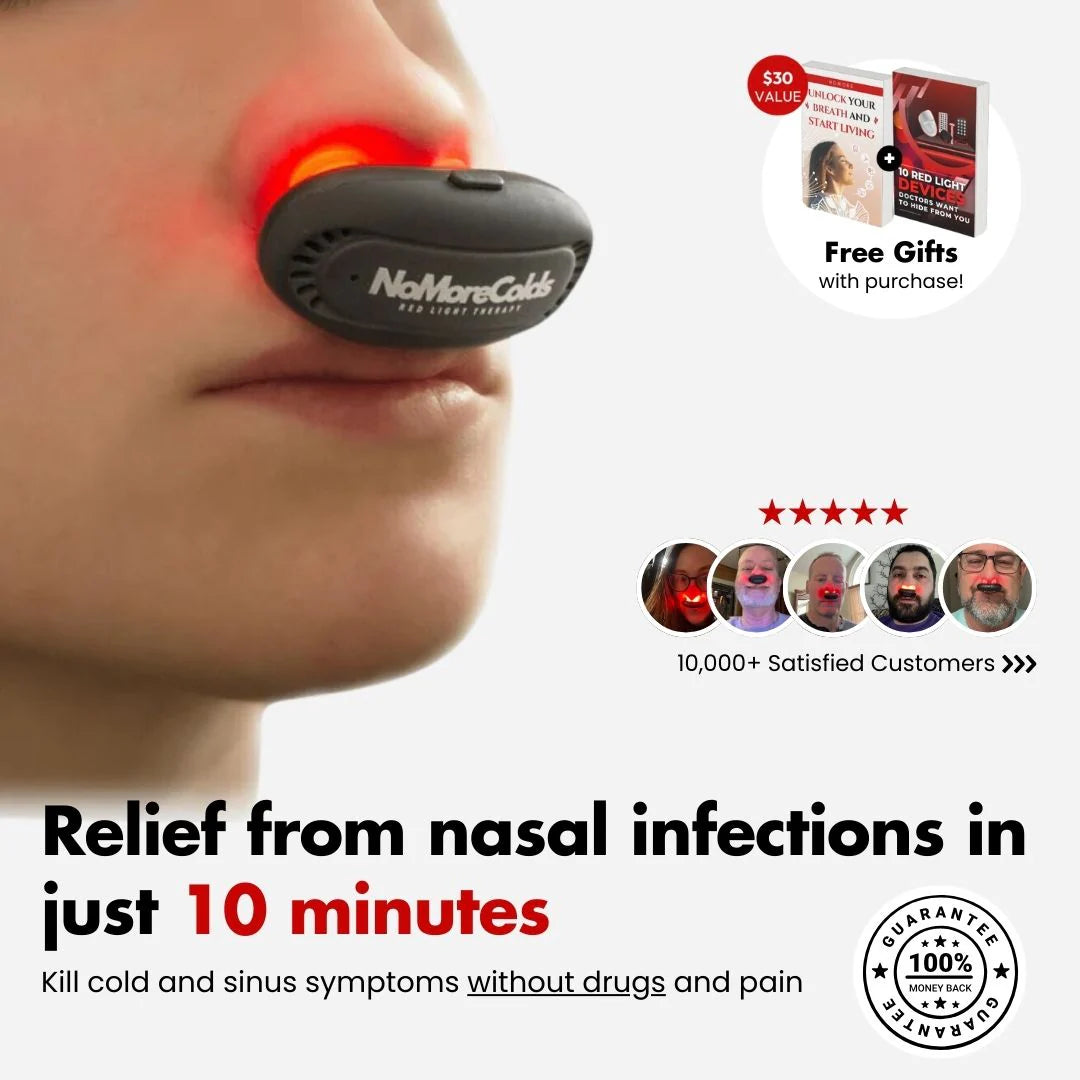

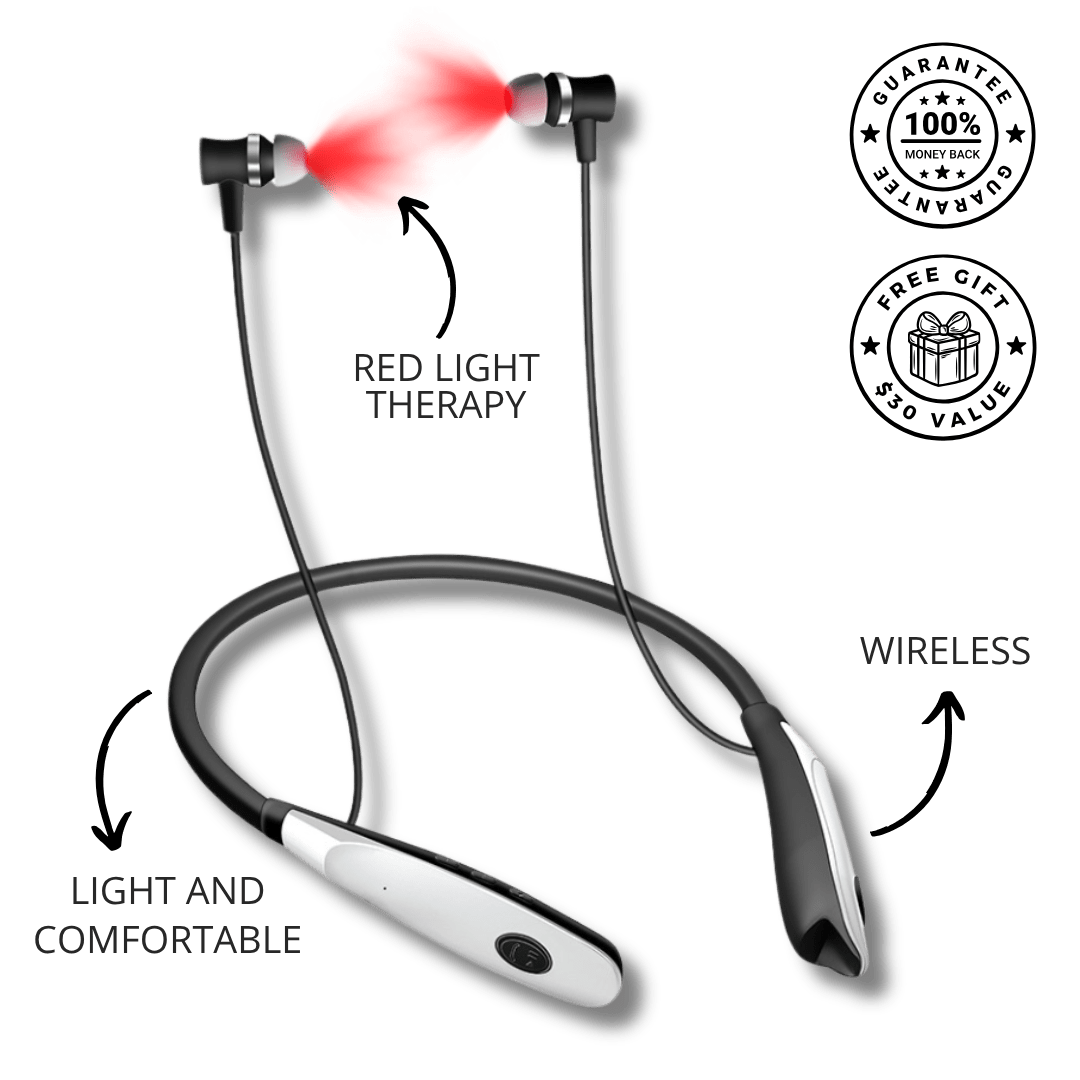
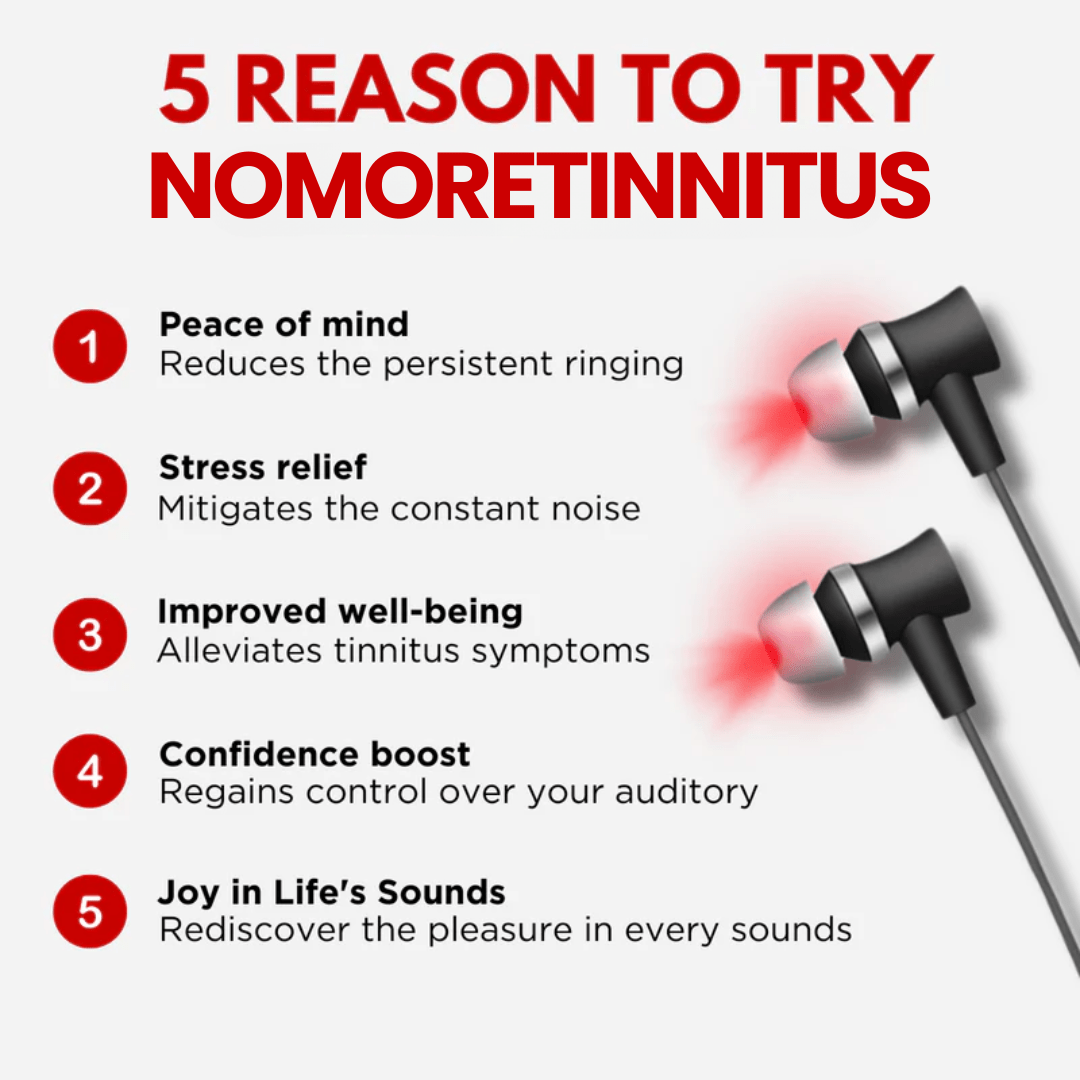
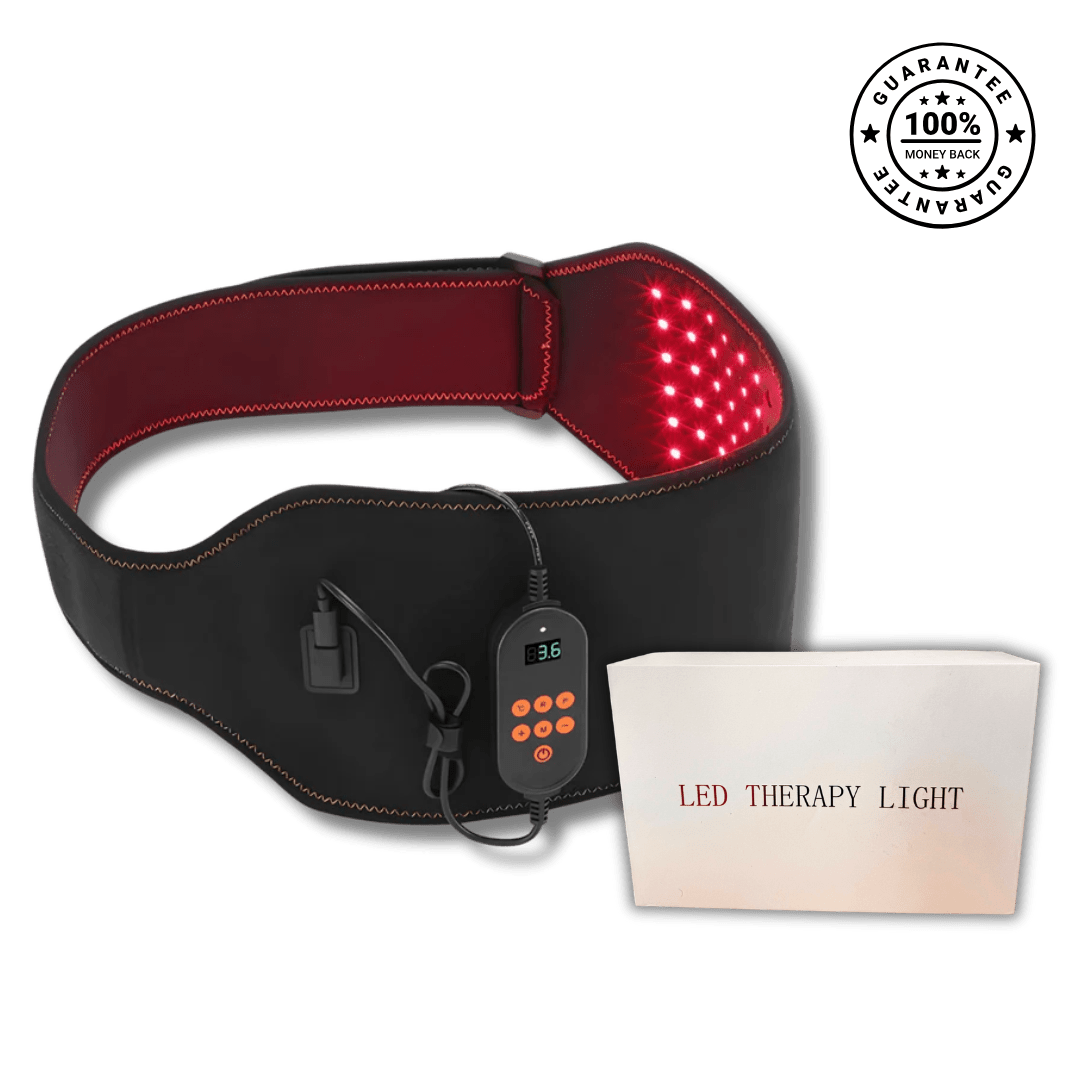
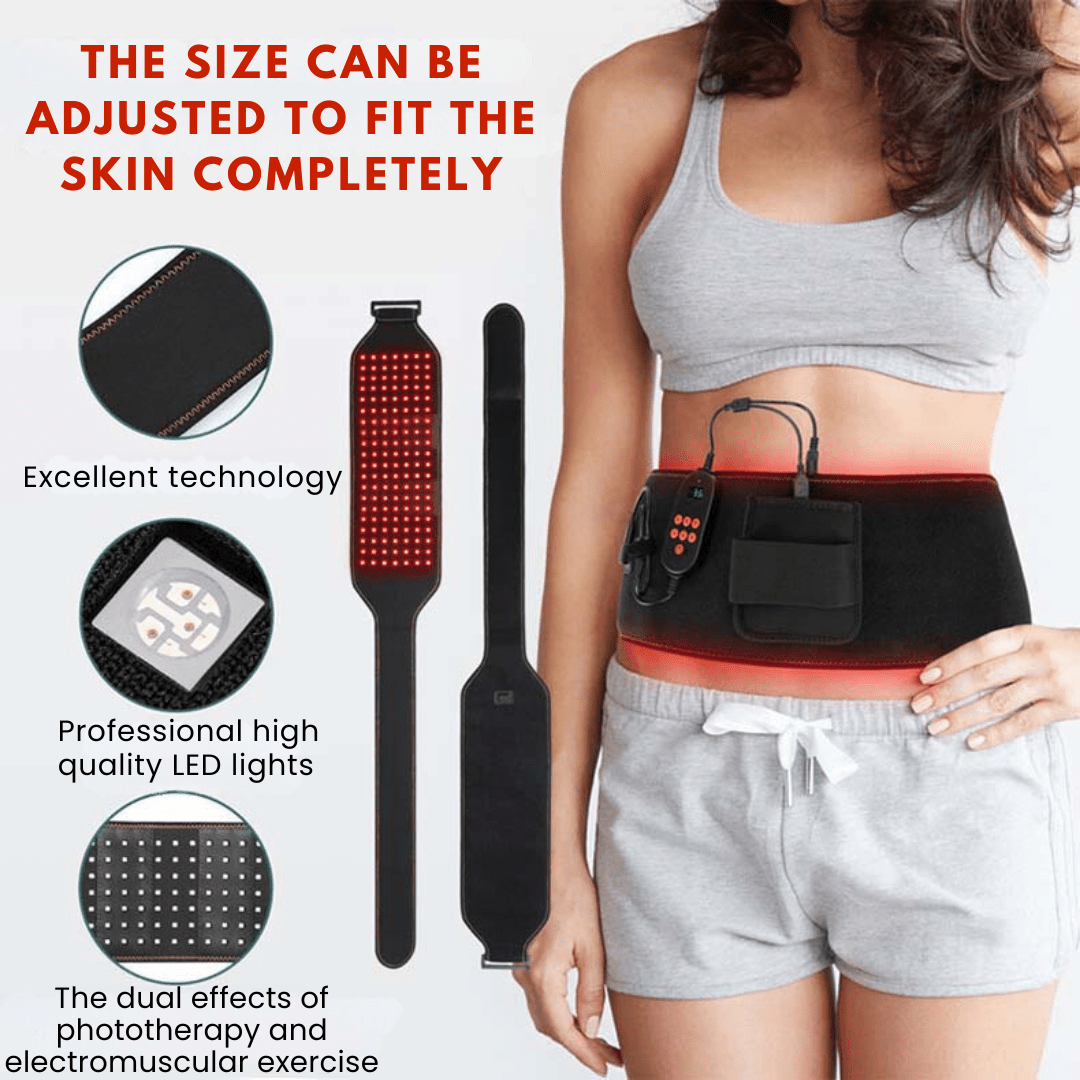


Leave a comment
All comments are moderated before being published.
This site is protected by hCaptcha and the hCaptcha Privacy Policy and Terms of Service apply.